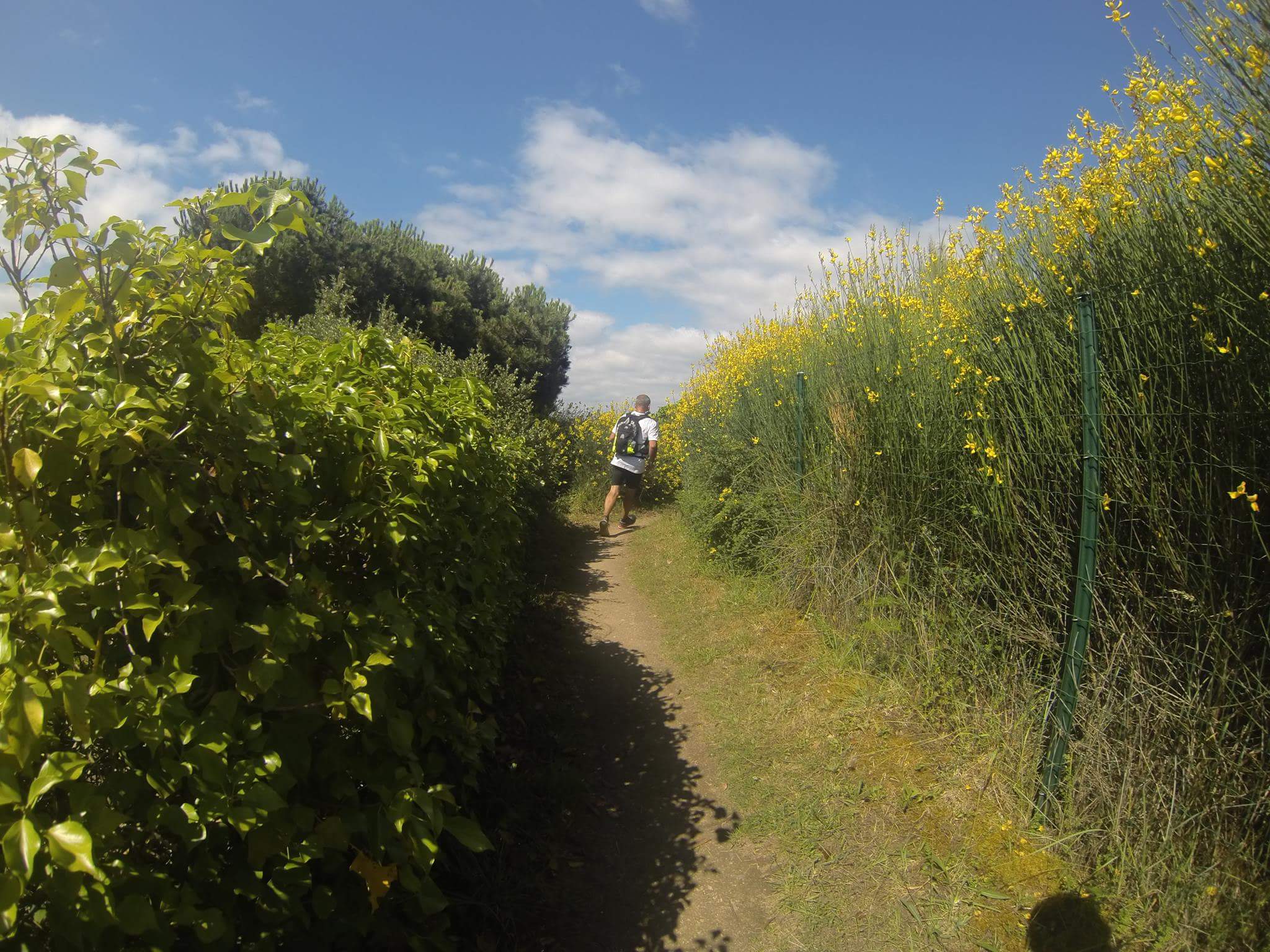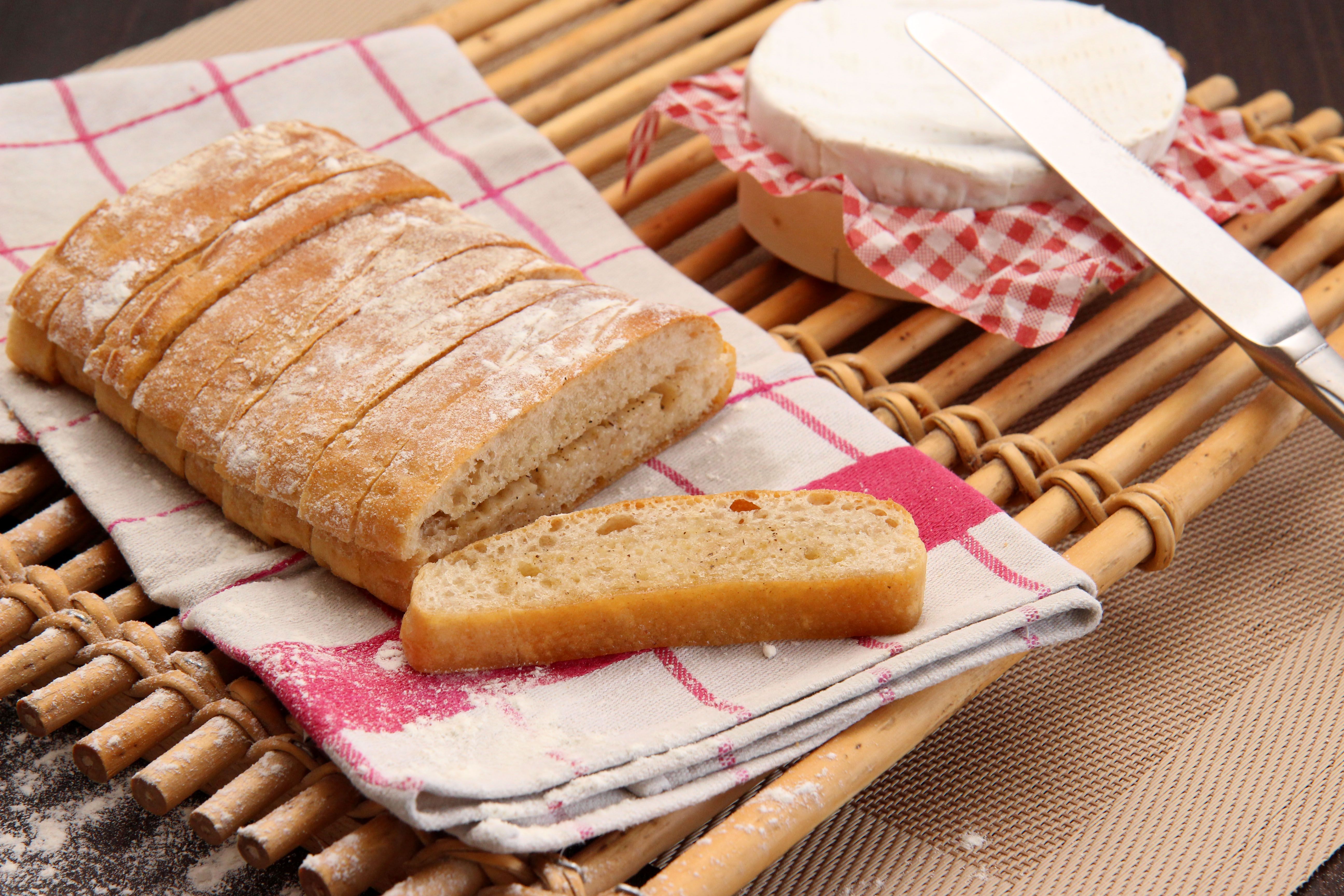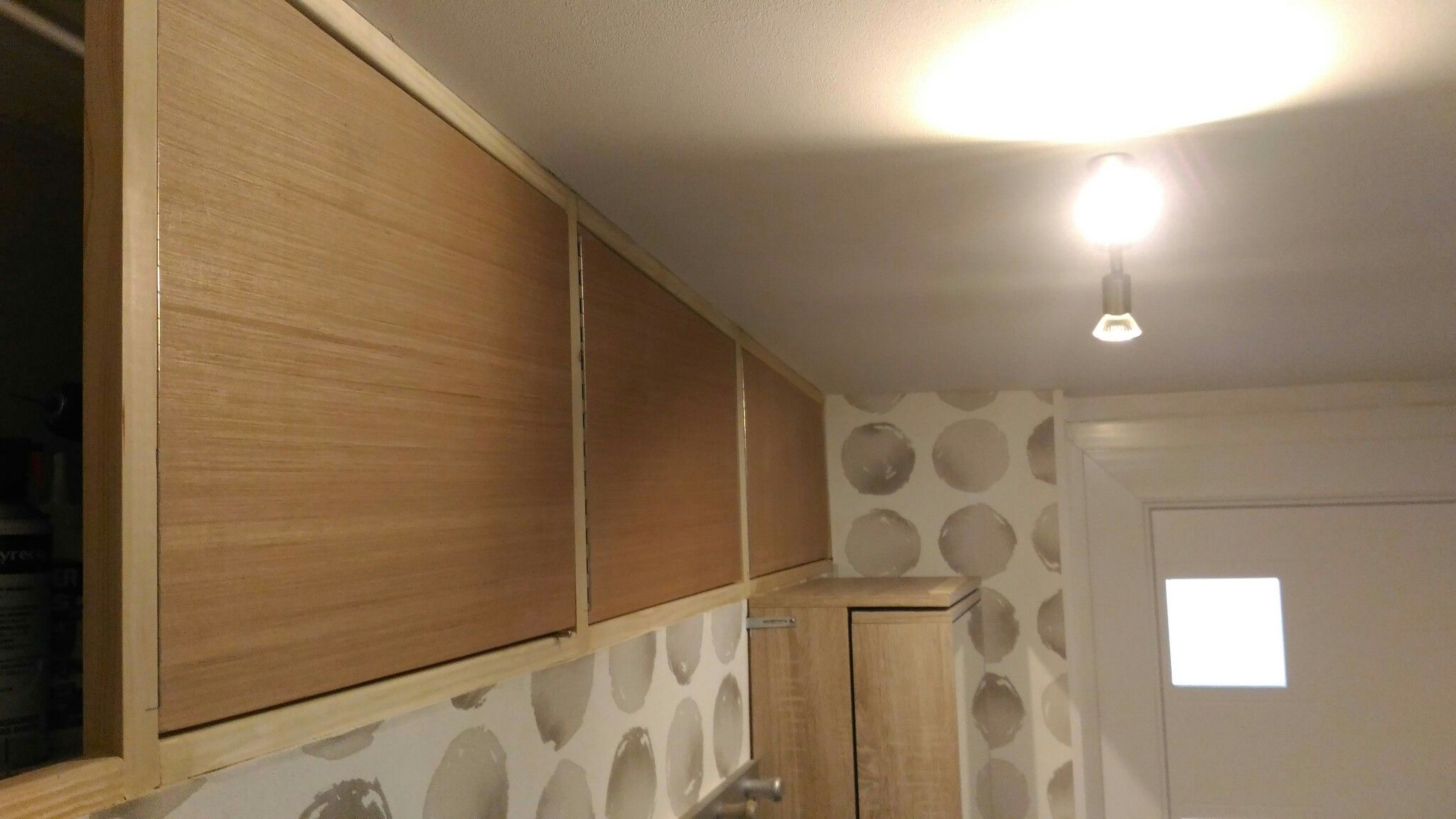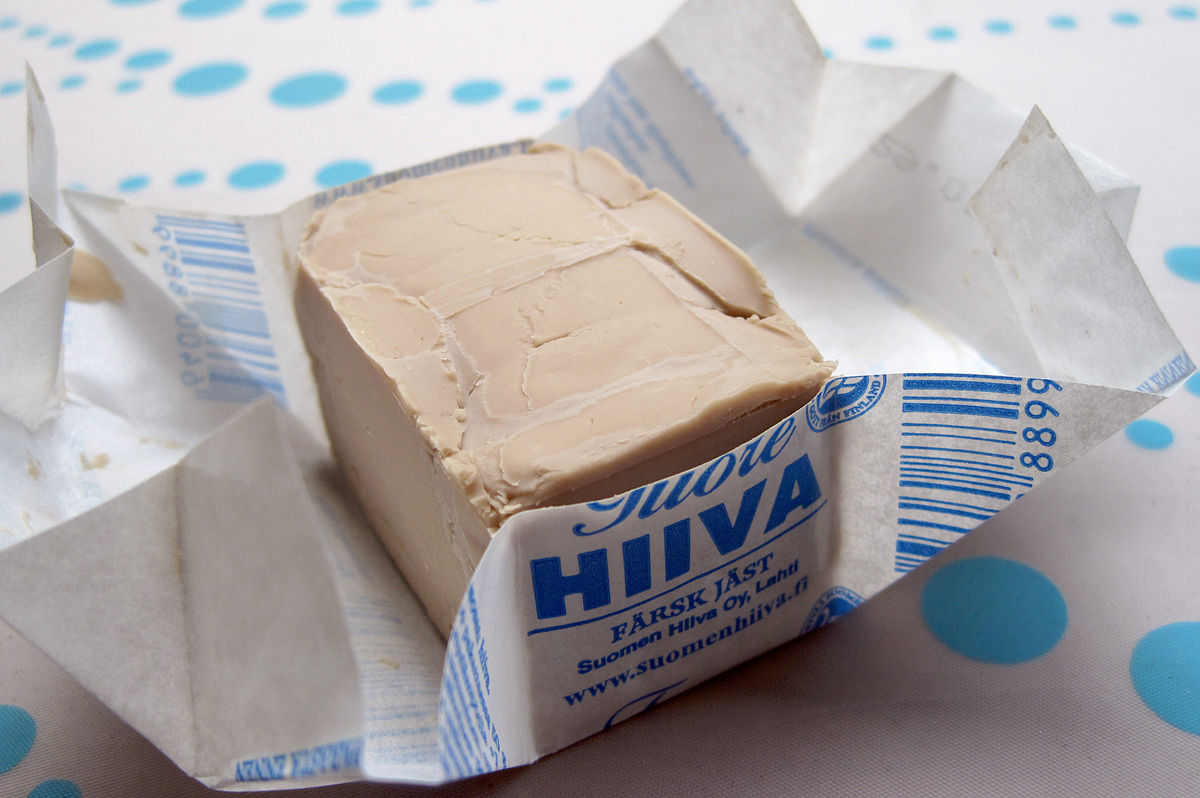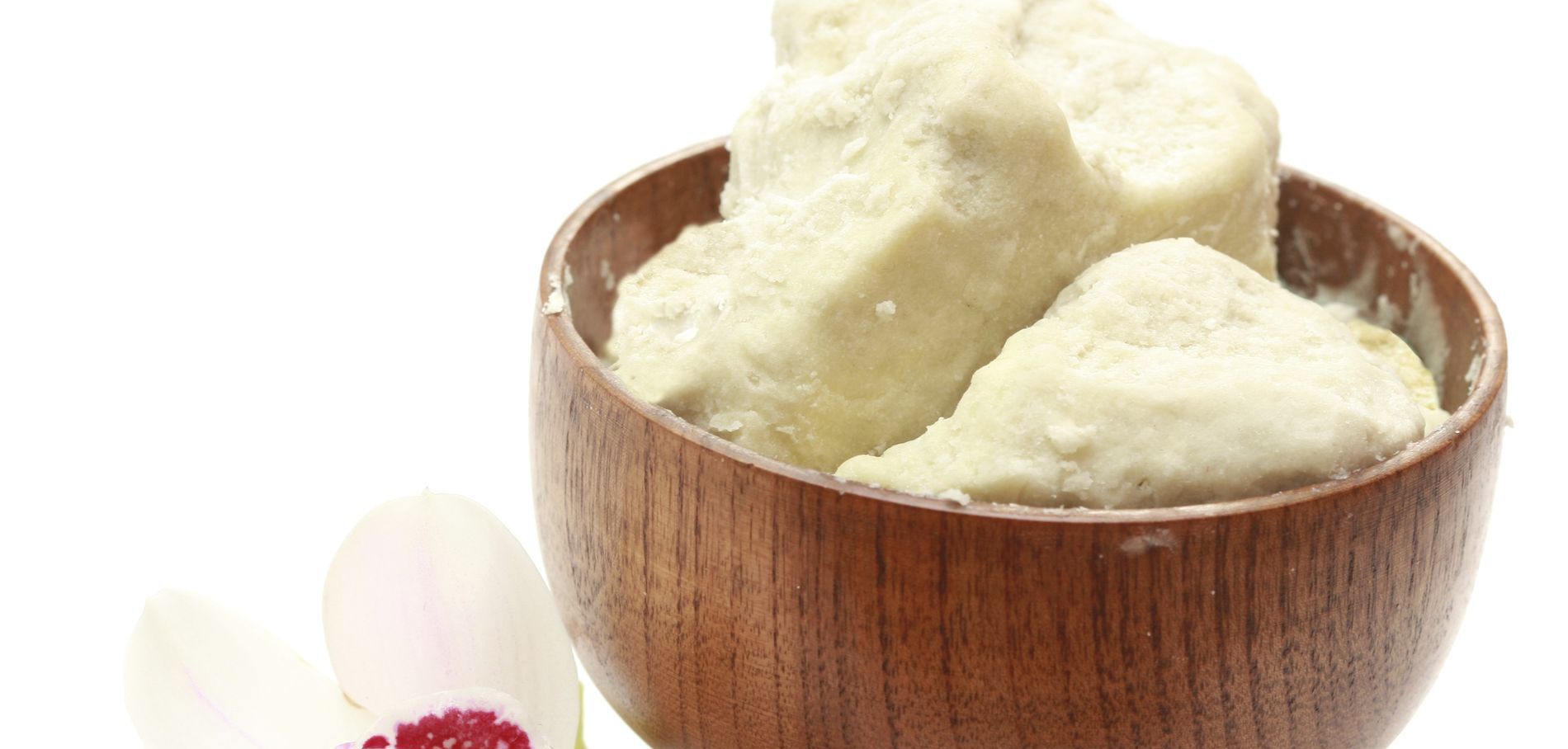How To Store Fruits & Vegetables For Months WITHOUT A FRIDGE!
Did you know that it is possible to store fruits and vegetables without a fridge for months?
Very useful when you have a vegetable garden and you have too much harvest all at once!
The trick is to store the fruits and vegetables in a "vegetable cellar".
This is one of the oldest ways to avoid waste in the summer and enjoy fruit and veg all winter long!
Then, how to store fruits and vegetables for months WITHOUT FRIDGE ? Discover the ancestral method:

What is a root cellar?

As the name suggests, the root cellar is simply an underground room where fruits and vegetables are kept for several weeks or even months.
In many houses, vegetable cellars are in the basement, but there are also vegetable silos, built outside the house.
For more than 40,000 years, Australian Aborigines and other first peoples have used shelters dug into the ground to store and protect food.
In Europe, vegetable cellars have been used to store root vegetables since the 17th century.
To keep fresh fruit and vegetables, a cellar must respect the following 3 principles:
1. A constant temperature between 0 and 13 ° C.
2. A humidity level between 85 and 95%.
3. Good air circulation.
1. A constant temperature between 0 and 13 ° C
The cold prevents fruits and vegetables from perishing because it slows down the metabolism of ethylene gas and other enzymes that allow fruits and vegetables to ripen.
Thus, low temperatures reduce the rate at which food spoils.
This is the principle of refrigerators and freezers.
The ideal temperature for a root cellar varies depending on the fruits and vegetables you want to keep there.
But as a general rule, the optimum temperature for storing food in a cellar is between 0 and 13 ° C.
2. A humidity level between 85 and 95%
The relative humidity of the cellar is essential for the preservation of fruits and vegetables.
The humidity level must be high for the optimal preservation of most fruits and vegetables: between 85 and 95% humidity.
Because they are in the basement, most root cellars are naturally damp.
However, it is recommended that you install an indoor hygrometer, like this one, to measure the humidity level.
If the humidity level in your cellar is too low: you can increase the humidity by sprinkling water on the floor (for cellars with earthen or gravel floors). Otherwise you can store the vegetables in wet sand or sawdust tubs.
If the humidity level in your cellar is too high: install a ventilation system or use rock salt (also known as halite) to lower the humidity.
To discover : House Too Wet? How to Make an Efficient Dehumidifier.
3. Good air circulation
Good ventilation is also one of the best conditions for a root cellar.
When air can circulate freely, the temperature is easier to regulate.
But good ventilation also allows the ethylene produced by the fruits and vegetables that you keep in the root cellar to be evacuated.
Without air circulation, ethylene will build up in the cellar and destroy all the food stored there much faster.
Your vegetable cellar must have at least 2 ventilation points:
- 1 opening for the air intake, about 1.50 m from the ground and with a wire mesh to prevent rodents,
- 1 opening for the air outlet at a high point, for example at the door at the top of the stairs that lead to the cellar.
When the outside temperature conditions allow it, the openings form an air circulation (chimney effect).
These ventilations can be closed during periods of extreme cold and heat, thus making it possible to maintain a constant temperature inside the cellar.
What fruits & vegetables can you keep in a cellar?

- Root vegetables (carrots, beets, potatoes, onions) can be stored for several months, in autumn as in winter.
- Stored in a vegetable cellar, apples stay crunchy and tasty all winter long.
But that's not all !
Not many people know this, but by storing them properly, the following foods can also be stored in a root cellar:
- tomatoes stored flat in a crate.
- cucumbers wrapped in baking paper or moistened packaging.
- cauliflower keeping the leaves around them.
How to store fruits and vegetables in a cellar?

When you store your fruits and vegetables in a cellar, you must ensure that air can circulate freely.
Thus, fruits and vegetables should be arranged on the shelves so that air can circulate freely around each food.
Above all, do not pile up your fruits and vegetables like sardines! Instead, arrange them at regular intervals, without contact between them.
Likewise, do not put your food directly on the ground.
Instead, put them on a pallet or cinder blocks to raise them a few inches, allowing air to flow freely from underneath.
Apples, pears and tomatoes give off ethylene gas in significant amounts.
Therefore, store these varieties of fruit high up, and near the air outlet of the cellar.
Wrap cabbage and other strong-smelling vegetables in newspaper to avoid spoiling the taste of your other foods.
How to protect a root cellar against rodents?
This is probably the only problem in a root cellar: rodents.
To prevent rodents from invading your cellar and eating your vegetables, use rodent-resistant wire mesh, like this one.
Be sure to protect all the entry points of the cellar by covering them with wire mesh, including the air intake and the air outlet.
Regularly check the food stored in your cellar to remove fruits and vegetables that are starting to rot.
This helps prevent bacteria from spreading to your other foods.
Also avoid storing canned food in your root cellar. This is because the humidity is high and can cause the lids to rust.
As we have just seen, storing your fruits and vegetables in a root cellar requires a little preparation ....
But with this efficient method, you can enjoy the tasty harvests of summer all through winter!
Your turn...
Have you tried this trick to store your fruits and vegetables without a fridge? Tell us in the comments if it worked for you. We can't wait to hear from you!
Do you like this trick ? Share it with your friends on Facebook.
Also to discover:
33 Brilliant Food Storage Tips. No more rotting vegetables in the fridge!
How To Store Your Fruits & Vegetables 2 Times Longer!


